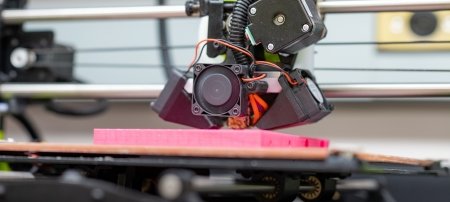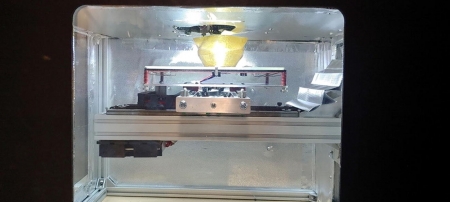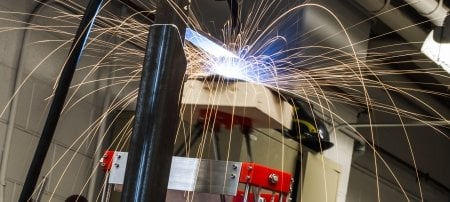A new patent search tool developed by engineers at Michigan Technological University makes it easier to discover and track inactive patents.
Many innovators and inventors feel they have squandered hours fruitlessly rifling through old patents on the US Patent and Trademark Office website, trying to figure out which are still active and how they may relate to developing technologies.
A team from Michigan Tech decided to take matters into their own hands and streamline the exploration process with an online search engine, which is now free for everyone to use at www.freeip.mtu.edu. They tested how well the tool works and the journal Inventions published their results last week.

Something Old, Something Almost New
With today's fast-paced innovation, 20 years is a long time to wait—and it's how long a patent's registration lasts. However, nearly half of all registered patents are inactive before their life time ends, which is a potential goldmine for inventors and innovators, says Joshua Pearce, a materials science and electrical engineer at Michigan Tech. Pearce and his graduate student Yuenyong Nilsiam developed the patent search engine.
"Think about what a 20-year-old cell phone looks like—it simply doesn't make sense to use 20-year-old patents for a new innovation," Pearce says.
But many registered, inactive patents could be inspiring. So, the algorithm Pearce and Nilsiam wrote works by scraping the US Patent Database each week when the agency updates patent statuses. Every 3.5 years, 7.5 years and 11.5 years, patents come up for renewal, and if the dues are not paid and the paperwork remains unfiled, then the patent becomes inactive and enters the public domain.
"We want to make patents useful again to inventors," Pearce says, adding the search tool is part of a larger movement. "More companies and individuals are looking to open source hardware development, which allows you to harness a global ecosystem of innovators, engineers and designs."
Open Source and 3-D Printing Technologies
Pearce runs the Michigan Tech Open Sustainability Technology (MOST) Lab and is deeply committed to making scientific knowledge widely available. The lab focuses on using appropriate technology to find collaborative solutions for sustainability and poverty reduction.
One of the technologies they often use is low-cost 3-D printing, which Pearce and Nilsiam used in patent queries to vet their search engine. They manually tracked patent searches using the US database and compared it to using their search engine, which cut the time identifying patents by a factor 1,500. In this case, it saved them 9 hours of tedious clicking through the USPTO database. Speeding up the process like this, Pearce says, could help innovators develop or commercialize their own technologies faster. But Pearce and his team didn't want to keep all the benefits to themselves.
"We're only making publicly available data more available," Pearce says. "For innovators, this could be a first stop shop, a way to see if your idea is available and what other solutions have been thought up."
The team hopes that by initially streamlining inactive patent searches, it will foster and speed up innovation down the road – particularly in the rapidly developing world of open source hardware. Granting access to more public domain could help more lightbulbs go off around the nation.
Michigan Technological University is an R1 public research university founded in 1885 in Houghton, and is home to nearly 7,500 students from more than 60 countries around the world. Consistently ranked among the best universities in the country for return on investment, Michigan's flagship technological university offers more than 185 undergraduate and graduate degree programs in science and technology, engineering, computing, forestry, business, health professions, humanities, mathematics, social sciences, and the arts. The rural campus is situated just miles from Lake Superior in Michigan's Upper Peninsula, offering year-round opportunities for outdoor adventure.






Comments